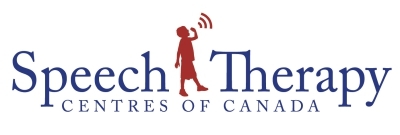A few weeks ago an article in the Globe and Mail caught my eye: “Babies Likely Lip-read When Learning to Talk”. This article had some interesting information about how babies learn to speak and reinforced some of the speech strategies that I often suggest as a speech-language pathologist.
This article reported that starting around 6 months of age babies shift their gaze to look at adult’s mouths when they are being spoken to. By their first birthday babies stop looking at the mouth and turn their attention to the person’s eyes unless they hear an unfamiliar sound, in which case they return their gaze to the mouth. So… what does this mean and why does it interest me as a speech-language pathologist?
As a parent, just being face-to-face while interacting with your child can support the development of their speech sounds. There are many great opportunities throughout the day for this to happen! For example: playing games when your child is in their highchair or bathtub makes it easy for you to be face to face and up close. Singing songs with silly sounds or playing people games such as pat a cake will also work well. Making exaggerated facial expressions during play will help draw your child’s attention to your mouth.
This same principal applies to older children (3 years and up) as well. Research, in addition to clinical experience, tells us that children with speech delays benefit from watching an adults mouth when trying to learn a difficult sound. In fact, one of the first take-home strategies that SLP’s often provide is for parents to make sure they’re face to face with their child during conversation so they can see what their mouth does as they’re speaking. The fact that children’s attention returns to the mouth when hearing an unfamiliar sound further supports this idea.
Getting face-to-face and close to your child should be a natural and fun way to help enhance their speech development!
By: Carla Montgomery, MSc. SLP(C)
